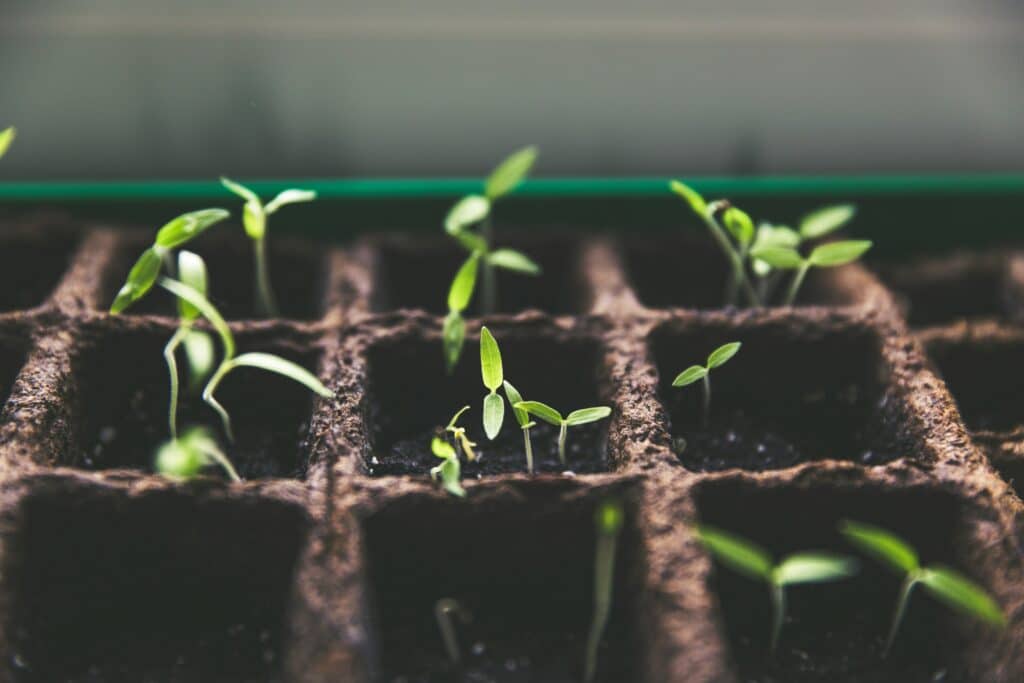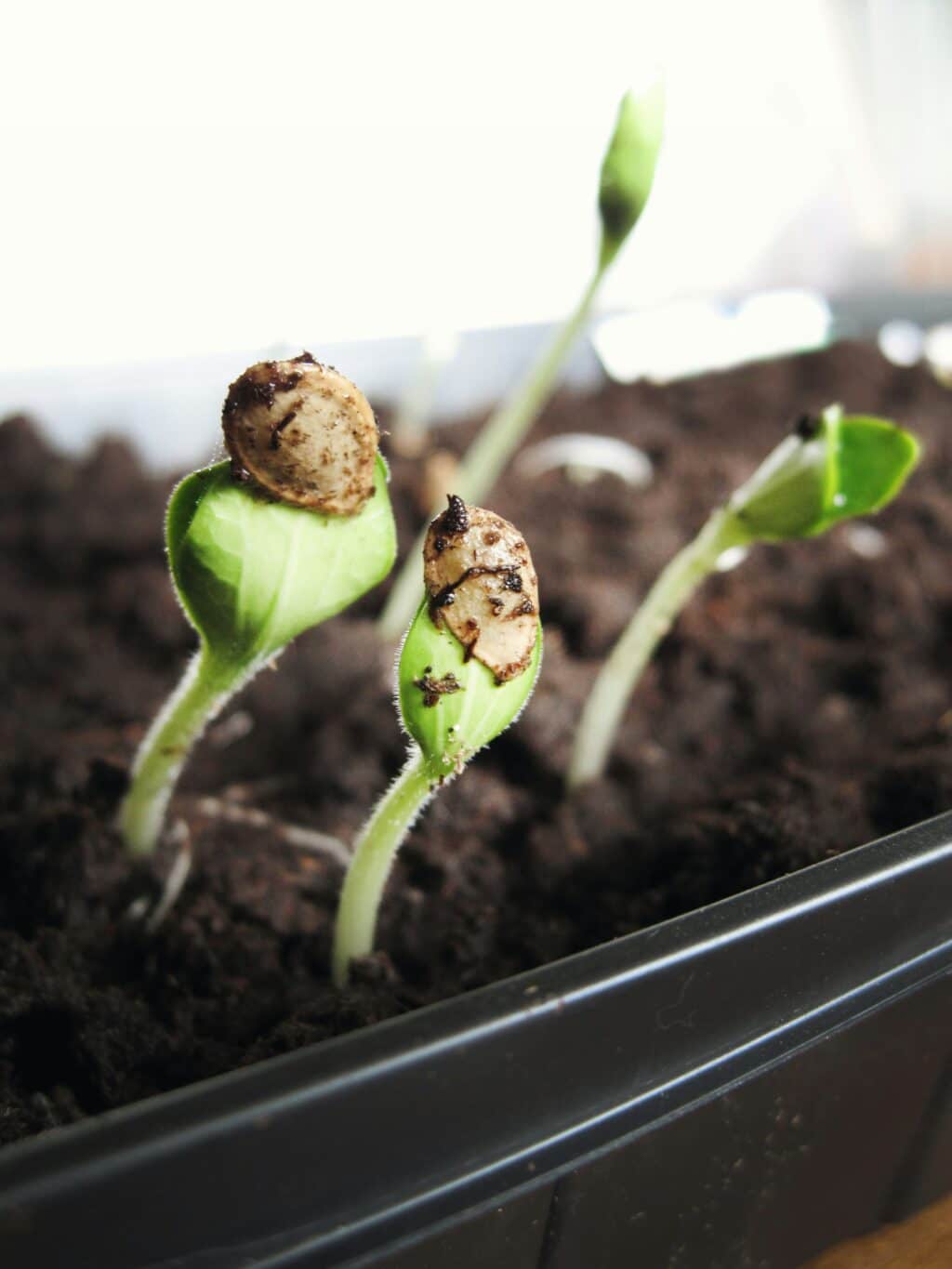Cultivating cannabis at home has become increasingly popular as more regions legalize its use for medicinal and recreational purposes.
However, the cultivation process can have a significant environmental footprint due to the use of water, energy, and synthetic nutrients. Adopting eco-friendly cultivation techniques reduces this impact, promotes sustainable growth, and potentially enhances the quality of the cannabis produced.
This article explores several key strategies for cultivating cannabis in an environmentally responsible manner.
IMAGE: UNSPLASH
Soil Health And Management
Organic Soil Composition
One of the foundations of eco-friendly cannabis cultivation is the use of organic soil. Organic soil, rich in natural nutrients and beneficial microbes, supports healthy plant growth and reduces the need for synthetic fertilizers.
Incorporating compost, worm castings, and other organic matter into the soil can improve its structure, aeration, and water retention capabilities, leading to more robust plant growth.
Cover Crops And Mulching
Cover crops and mulching are effective techniques for maintaining soil health and moisture while suppressing weeds naturally. Cover crops such as clover or alfalfa can be grown alongside cannabis plants. These crops fix nitrogen in the soil, reducing the need for chemical fertilizers.
Mulching with organic materials like straw or leaves helps retain soil moisture, regulate temperature, and prevent weed growth, further minimizing the environmental impact of cannabis cultivation.
Water Conservation
Efficient Irrigation Systems
Water is a critical resource in cannabis cultivation, and its efficient use is paramount for eco-friendly practices. Drip irrigation systems deliver water directly to the base of the plants, minimizing waste and ensuring that water is used efficiently.
These systems can be automated and adjusted according to the specific water needs of the cannabis plants, reducing overwatering and water wastage.
Rainwater Harvesting
Collecting and storing rainwater for irrigation is another sustainable practice that can significantly reduce the water footprint of cannabis cultivation. By setting up rain barrels or a more complex rainwater harvesting system, cultivators can utilize a renewable resources and decrease their reliance on municipal water supplies.
This practice conserves water and reduces the energy associated with water treatment and transportation.
Energy Efficiency
Solar Power
For indoor cannabis cultivation, energy use, primarily for lighting, can be considerable. Switching to renewable energy sources, such as solar panels, can drastically reduce the carbon footprint of cannabis cultivation. Solar energy can power grow lights, ventilation systems, and other cultivation equipment, making the operation more sustainable.
LED Lighting
When it comes to lighting, LED grow lights are a more energy-efficient option compared to traditional HID lamps. LED lights produce less heat, reducing the need for cooling systems, and use less electricity, lowering the overall energy consumption of the cultivation process.
Furthermore, they can be optimized for the specific light spectrum needed for cannabis growth, enhancing plant development while being eco-friendly.
Pest And Disease Management
Biological Control Agents
Utilizing natural predators or parasites to control pest populations is a cornerstone of eco-friendly pest management. Ladybugs, for example, can effectively manage aphid populations without the need for chemical pesticides. Similarly, introducing beneficial nematodes into the soil can control soil-dwelling pests.
These biological control methods reduce the need for synthetic pesticides, which can be harmful to the environment and non-target organisms.
Integrated Pest Management (IPM)
IPM is a holistic approach that combines physical, biological, and, as a last resort, chemical methods to manage pests and diseases. This approach emphasizes prevention, monitoring, and the use of non-toxic methods to minimize environmental impact.
Strategies include crop rotation, the use of resistant strains, and maintaining biodiversity within the cultivation area to support a balance of beneficial organisms.
Cultivating Cannabis At Home – Conclusion
As the cannabis industry continues to grow, integrating eco-friendly practices into how to grow marijuana will be crucial for promoting sustainability and responsible cultivation practices on a larger scale.
Adopting eco-friendly techniques for cultivating cannabis at home not only contributes to environmental sustainability but can also enhance the quality and yield of the cannabis produced.
Home cultivators can minimize their environmental footprint while enjoying the fruits of their labor by focusing on soil health, water conservation, energy efficiency, and natural pest management.
As the cannabis industry continues to grow, integrating these practices will be crucial for promoting sustainability and responsible cultivation practices on a larger scale.
Disclaimer: The above references an opinion of the author and is for information purposes only. This article is not intended for people living in countries where the usage of the substance mentioned in this post is illegal. Respect the law in your country and/or state. Always seek advice from a qualified professional in the relevant field.
IMAGE: UNSPLASH
If you are interested in even more lifestyle-related articles and information from us here at Bit Rebels, then we have a lot to choose from.


COMMENTS